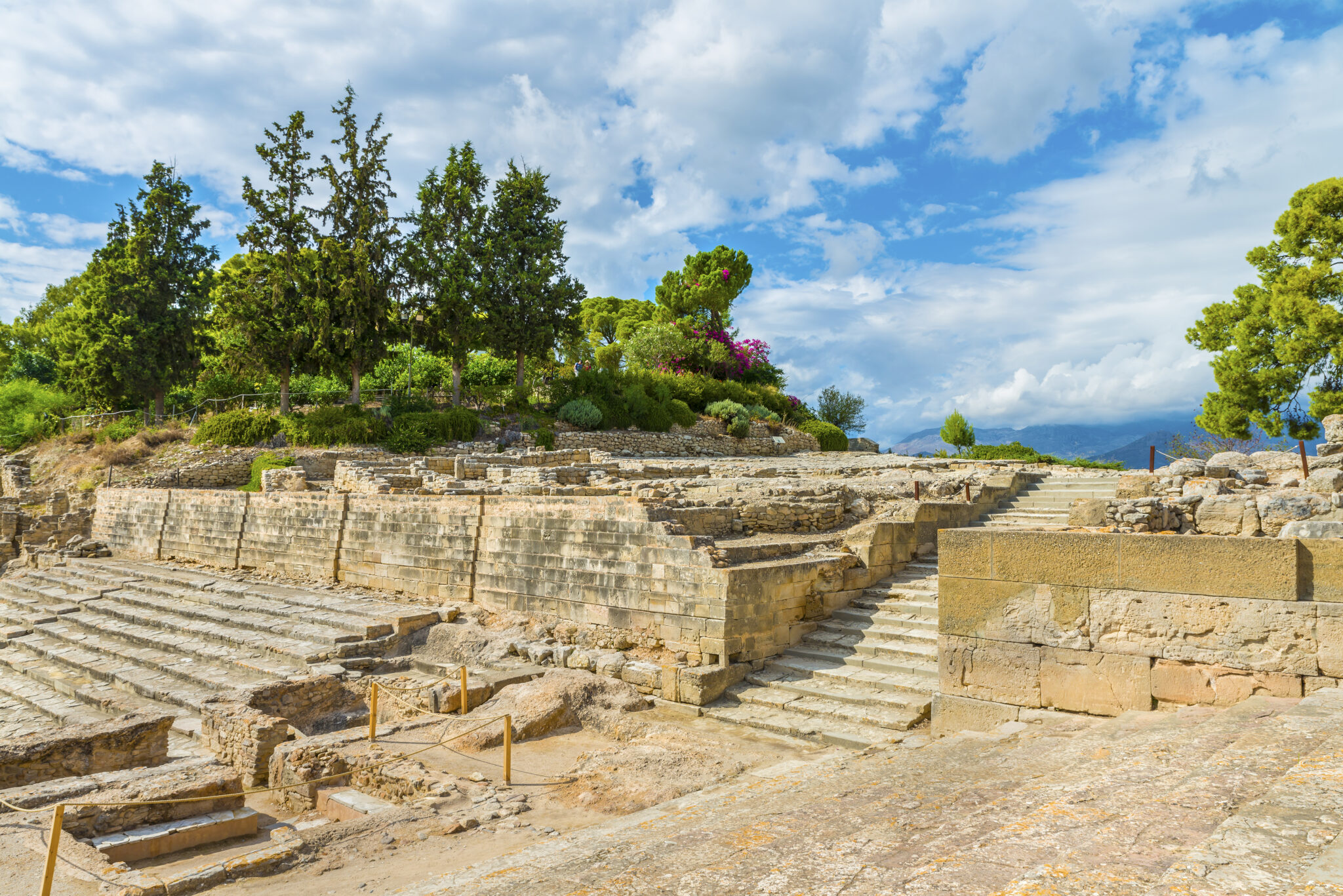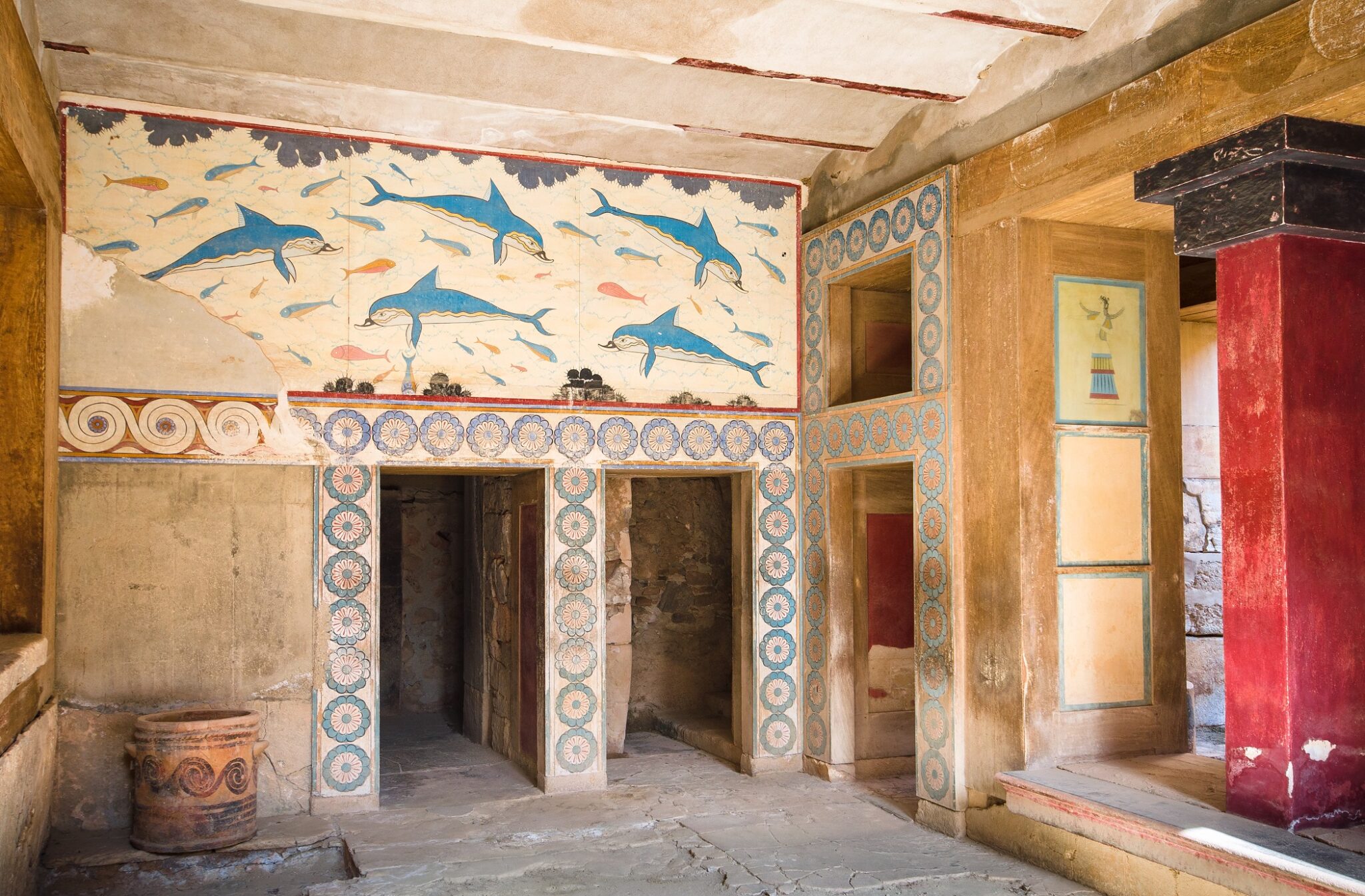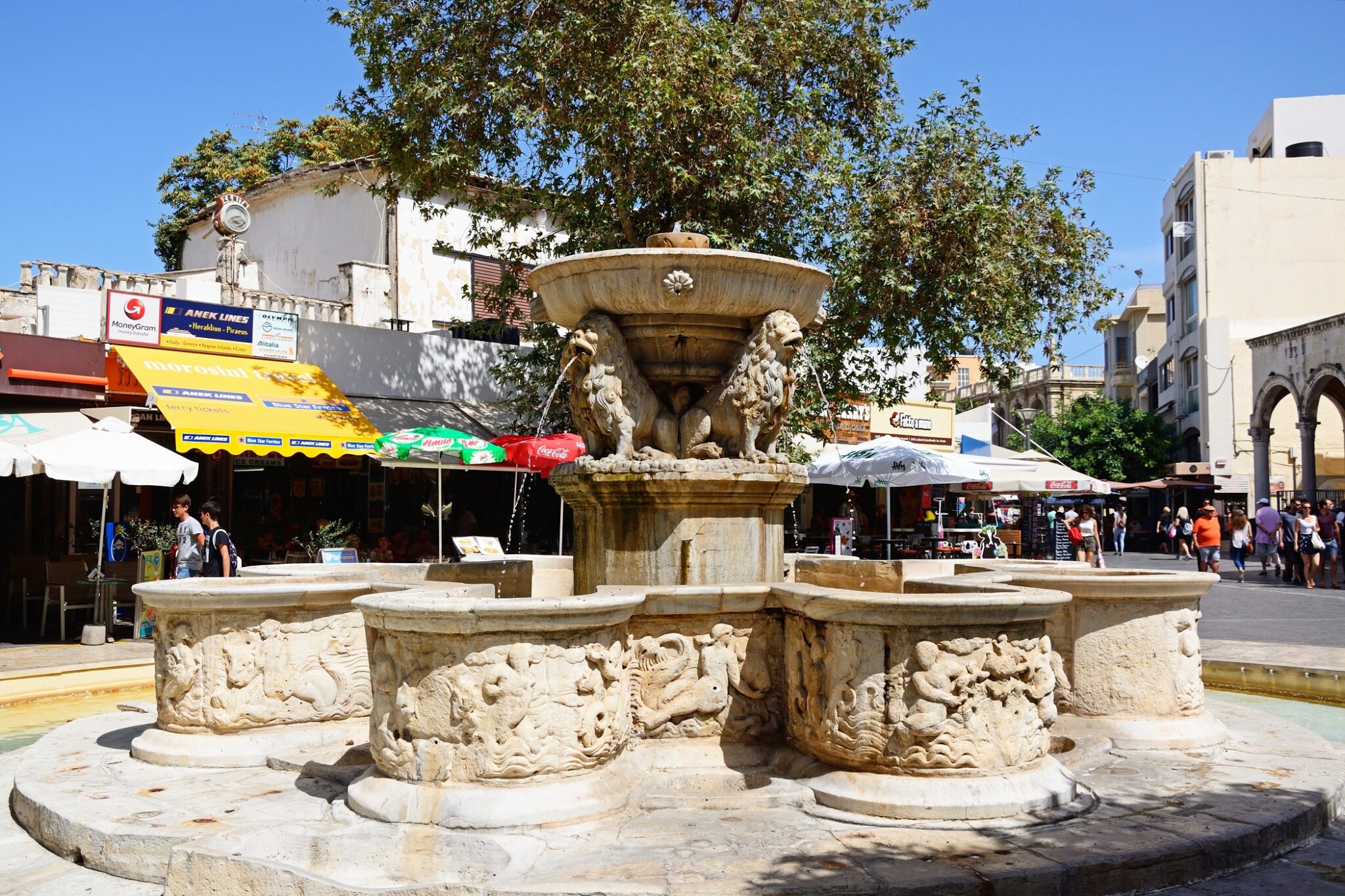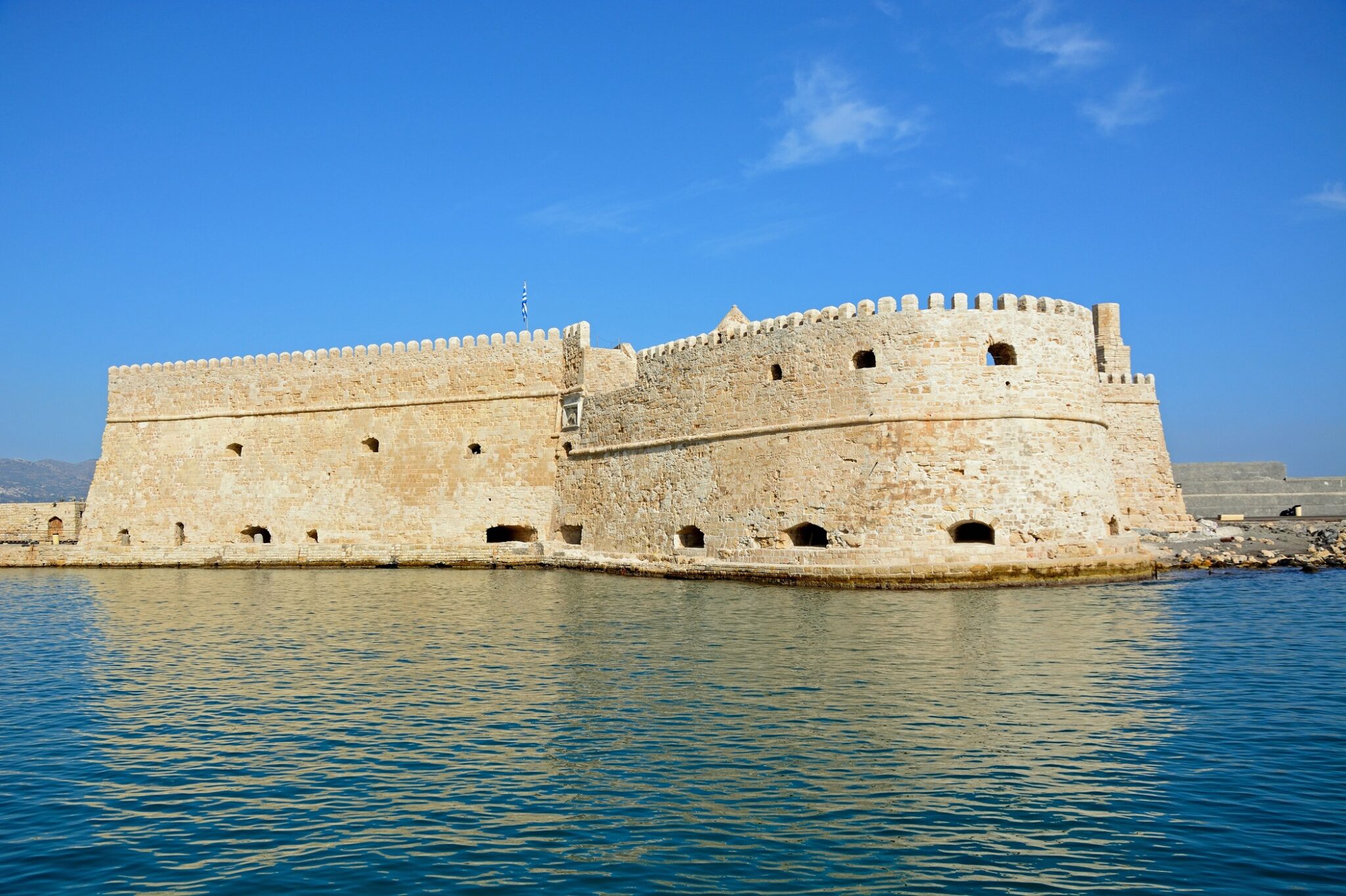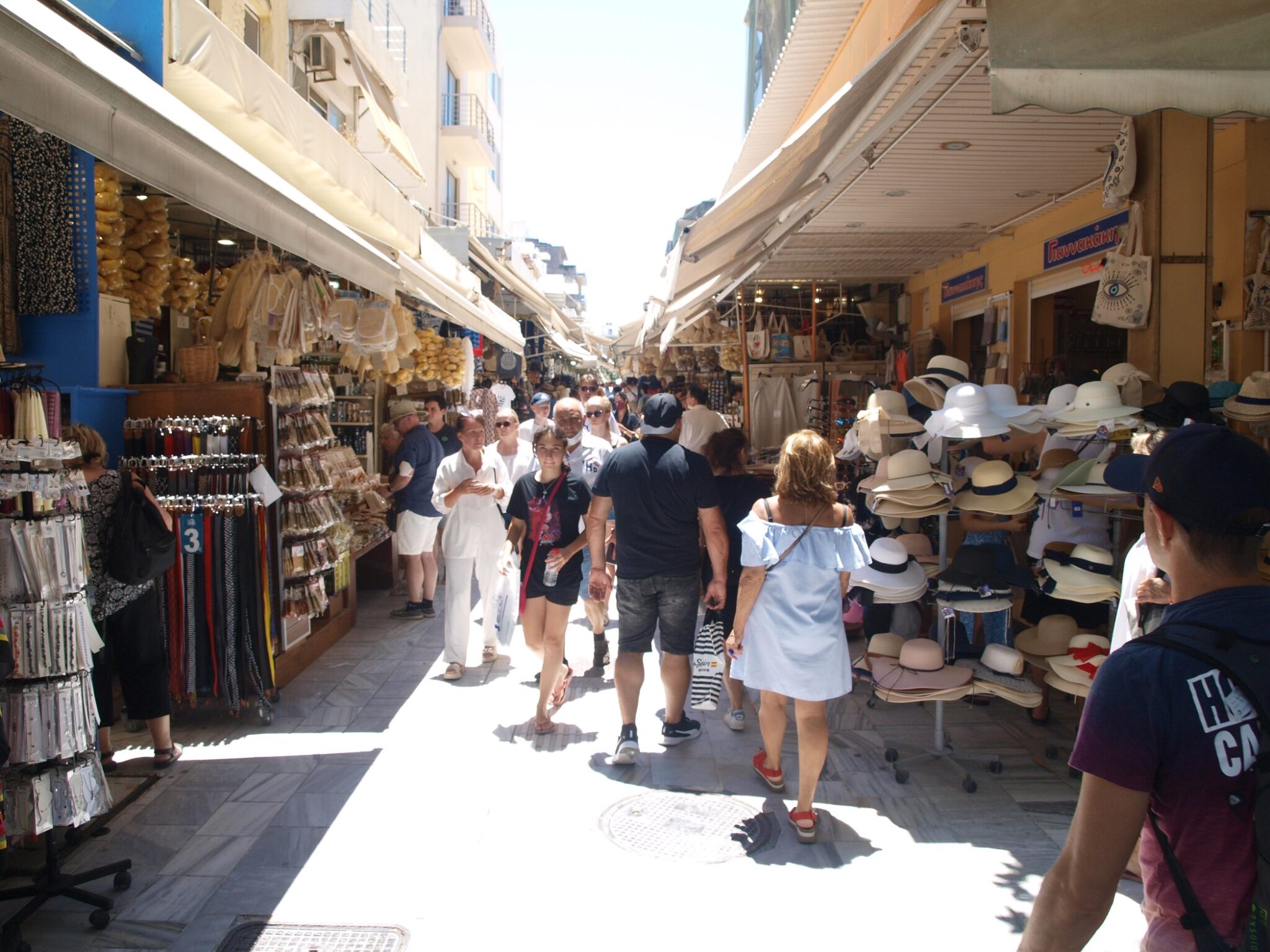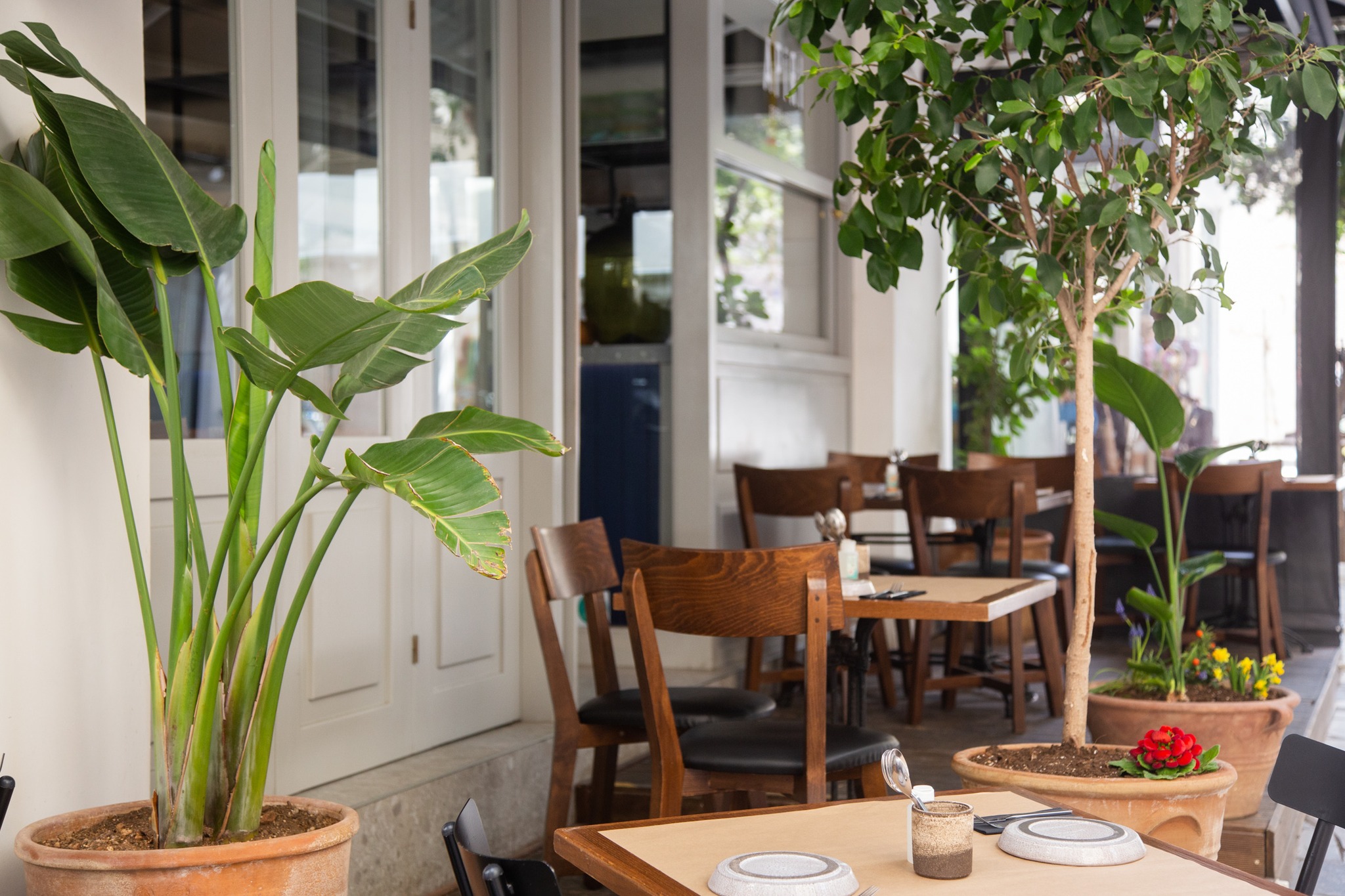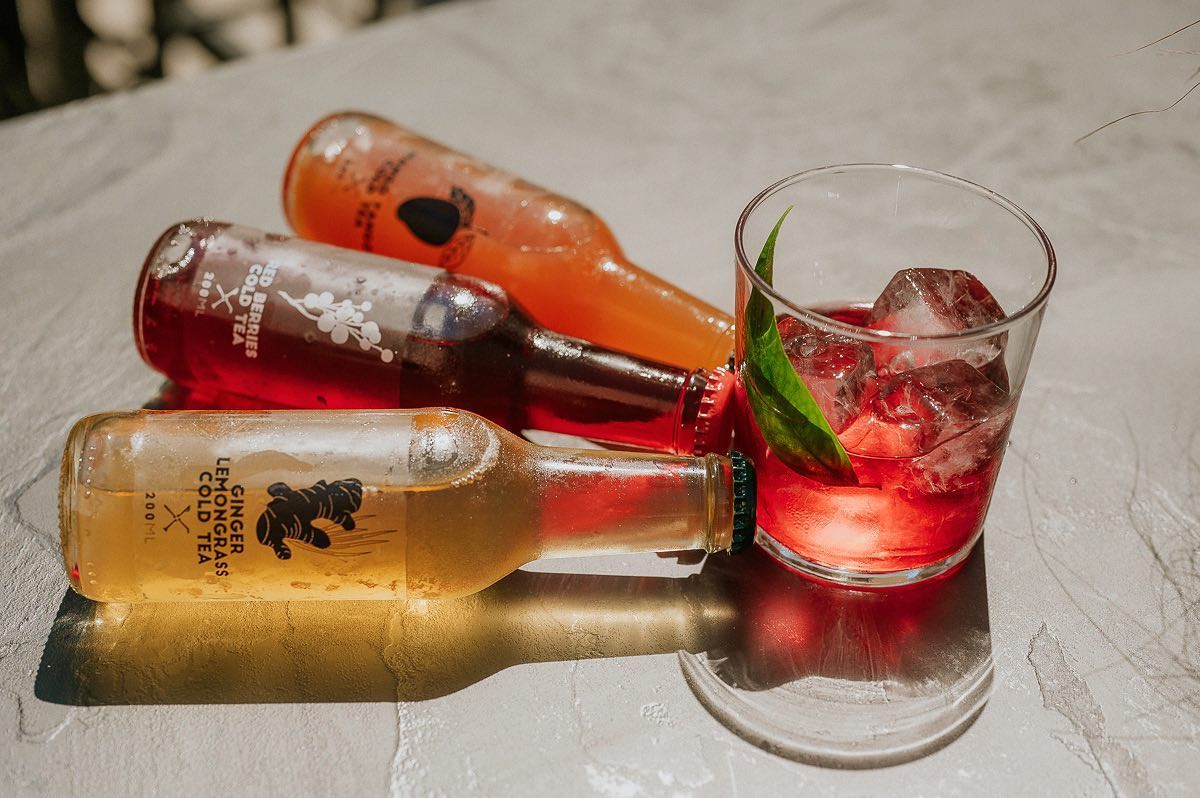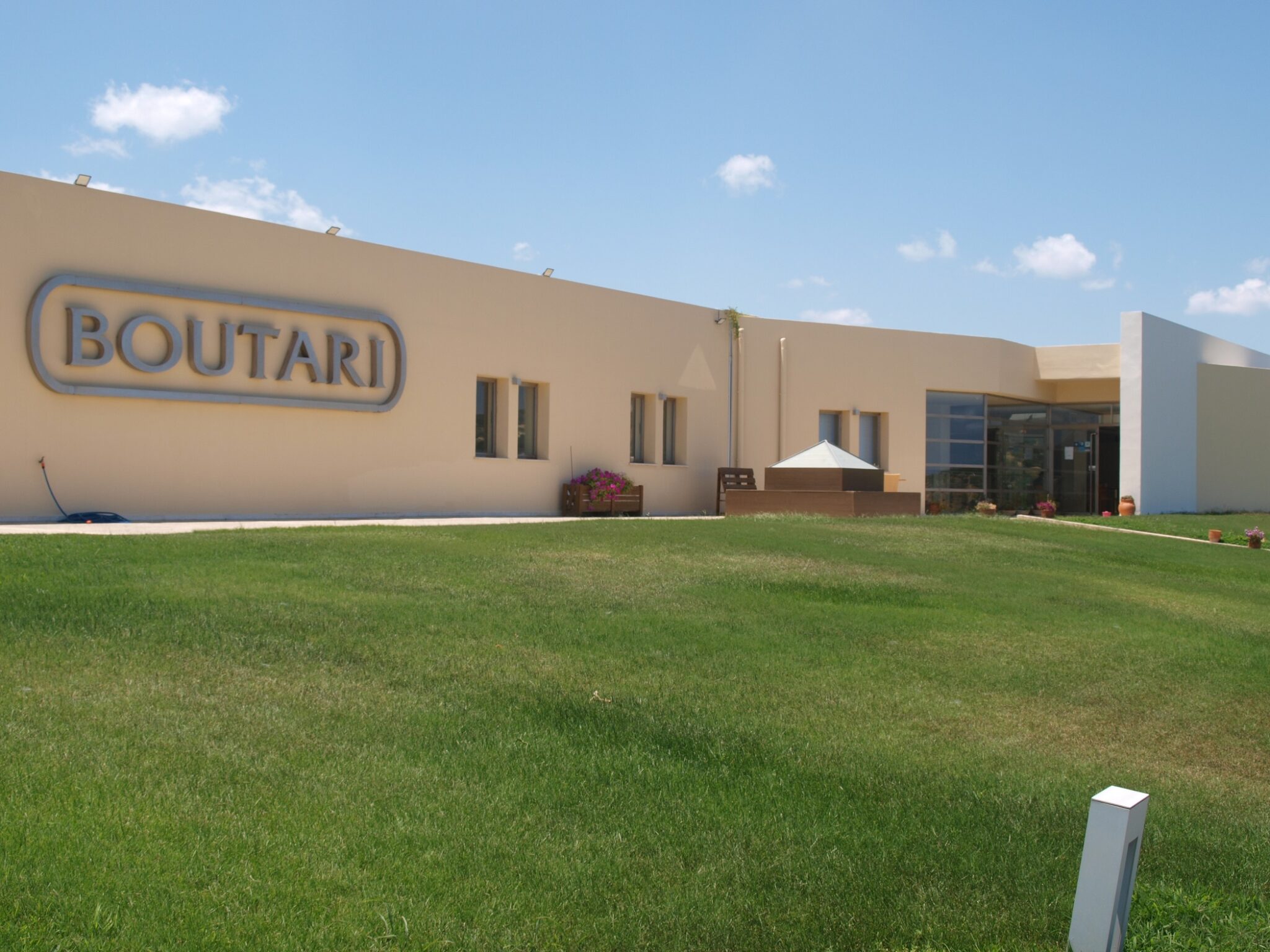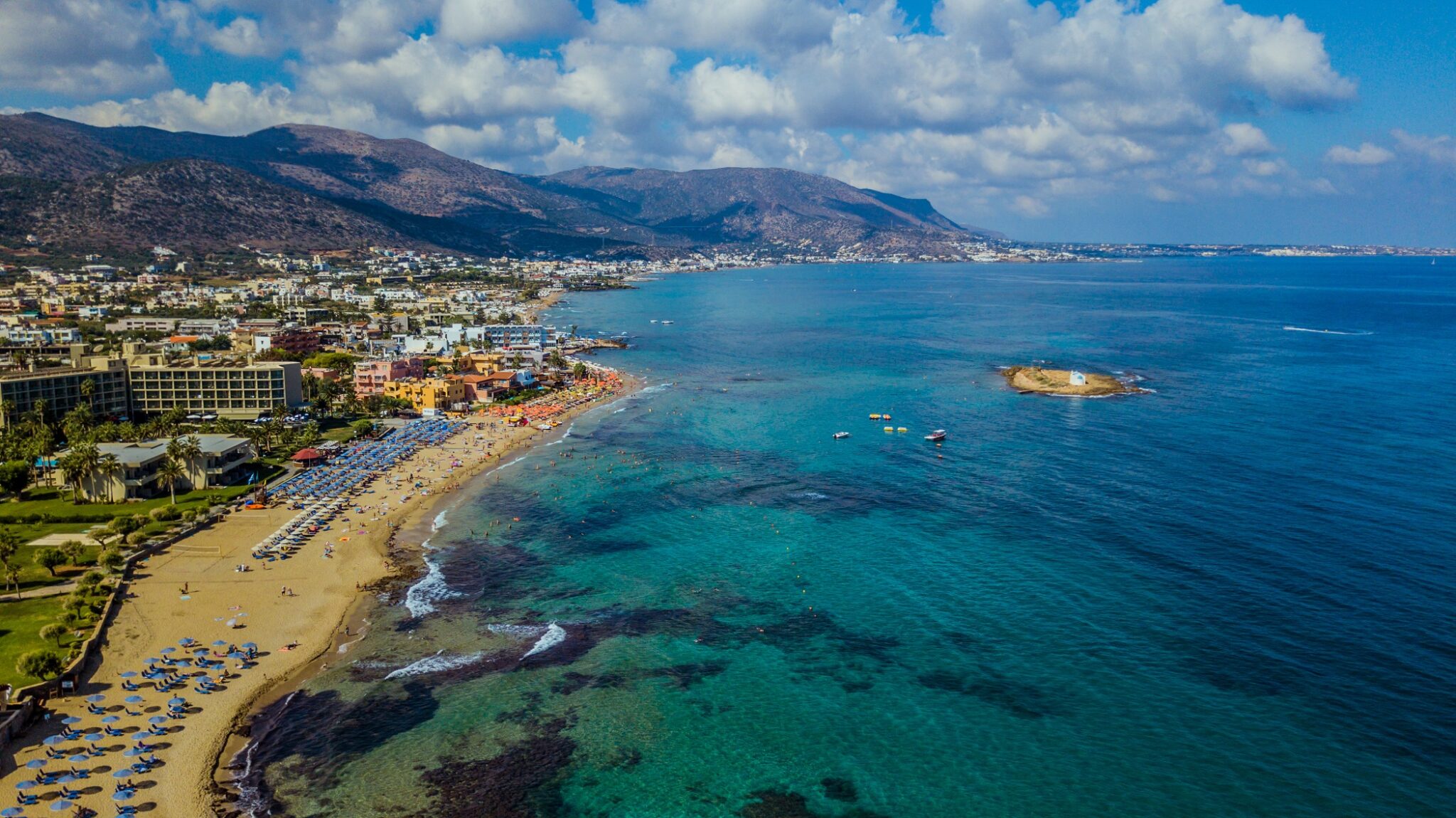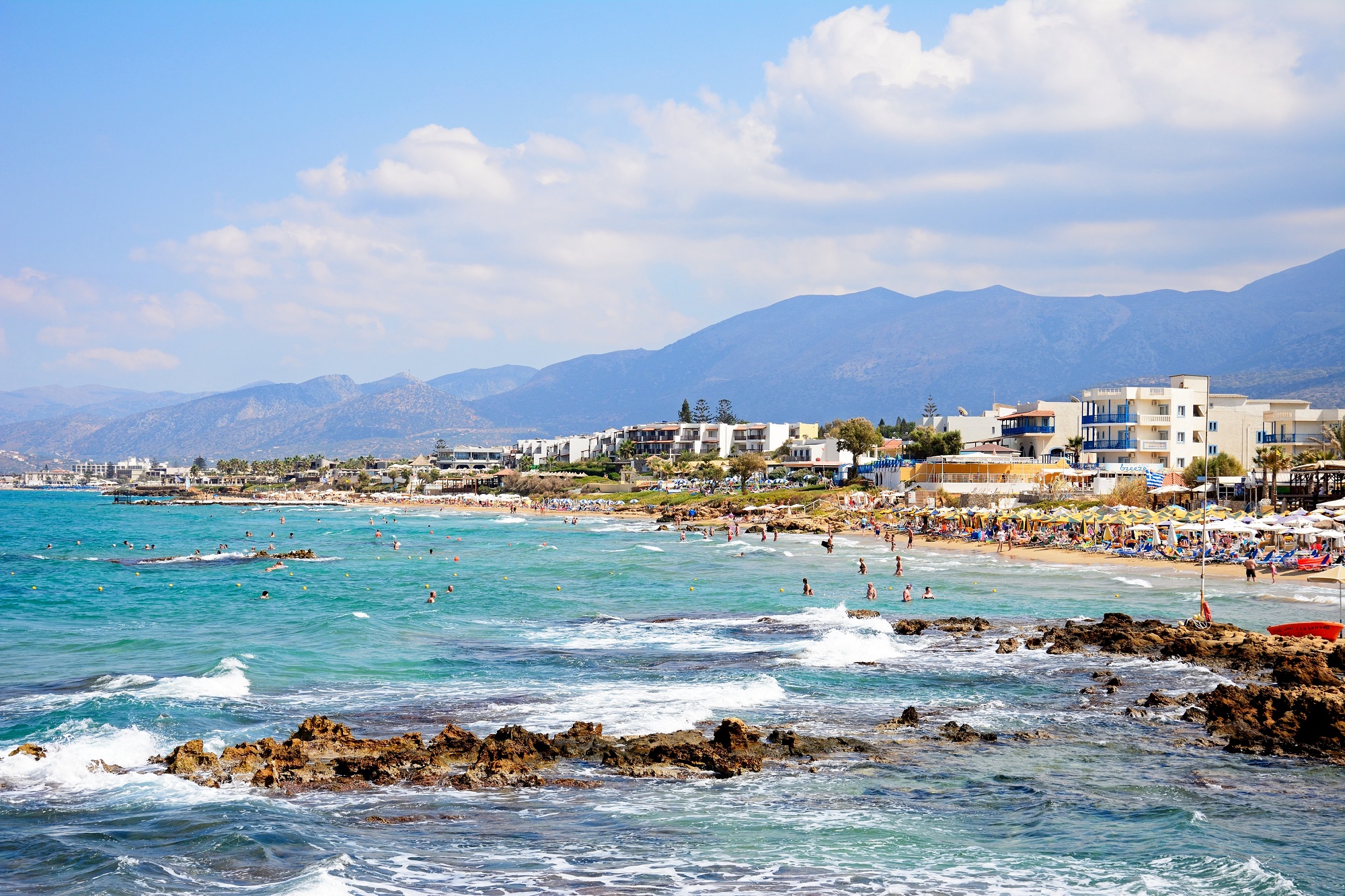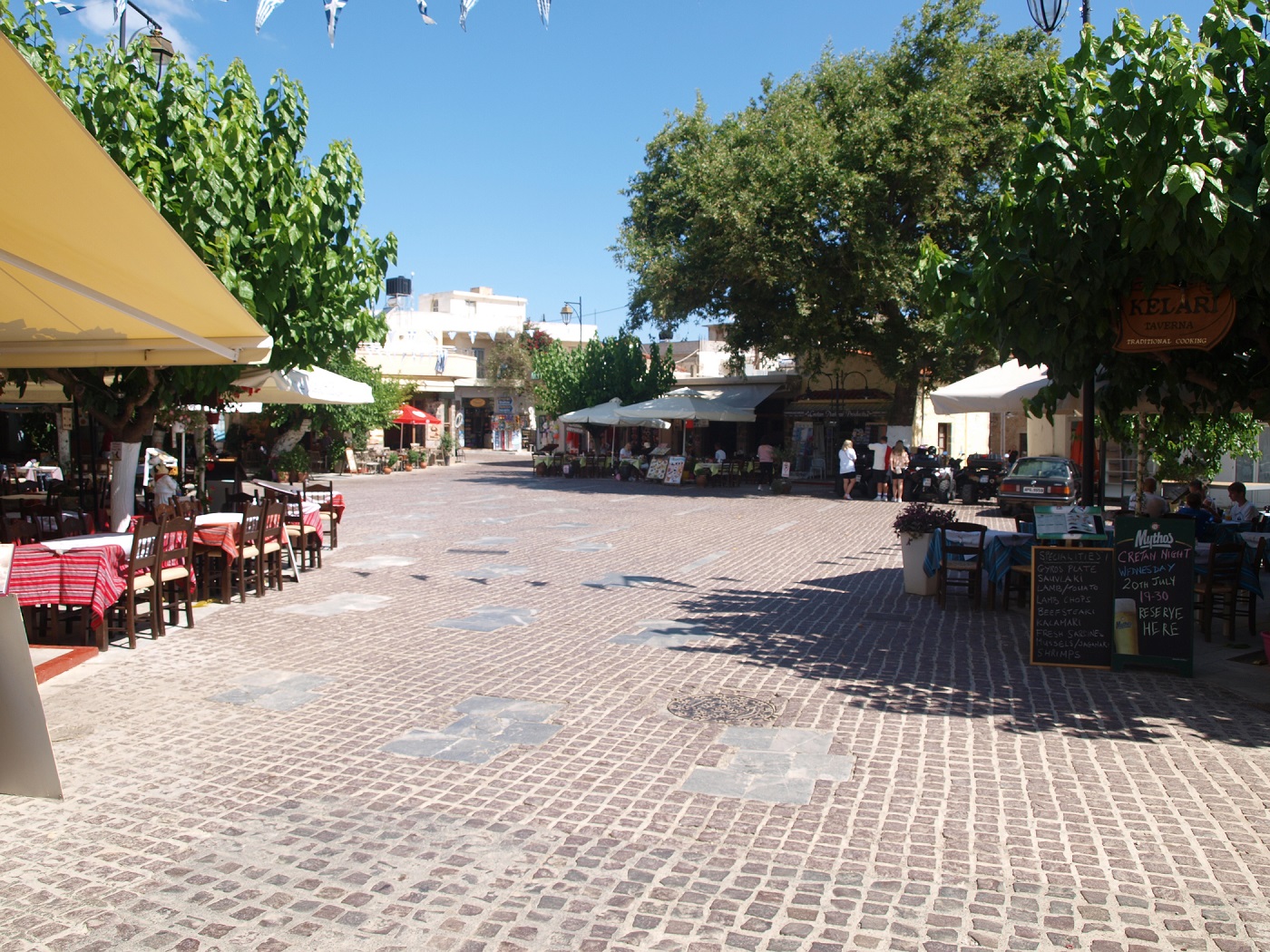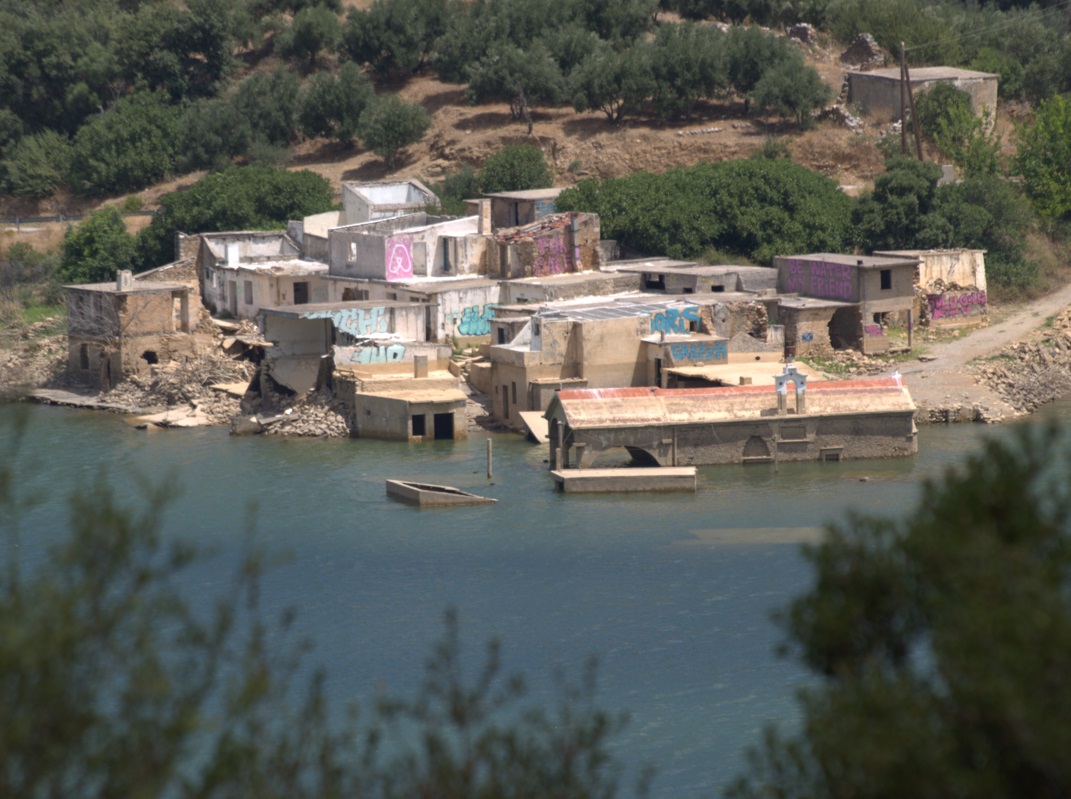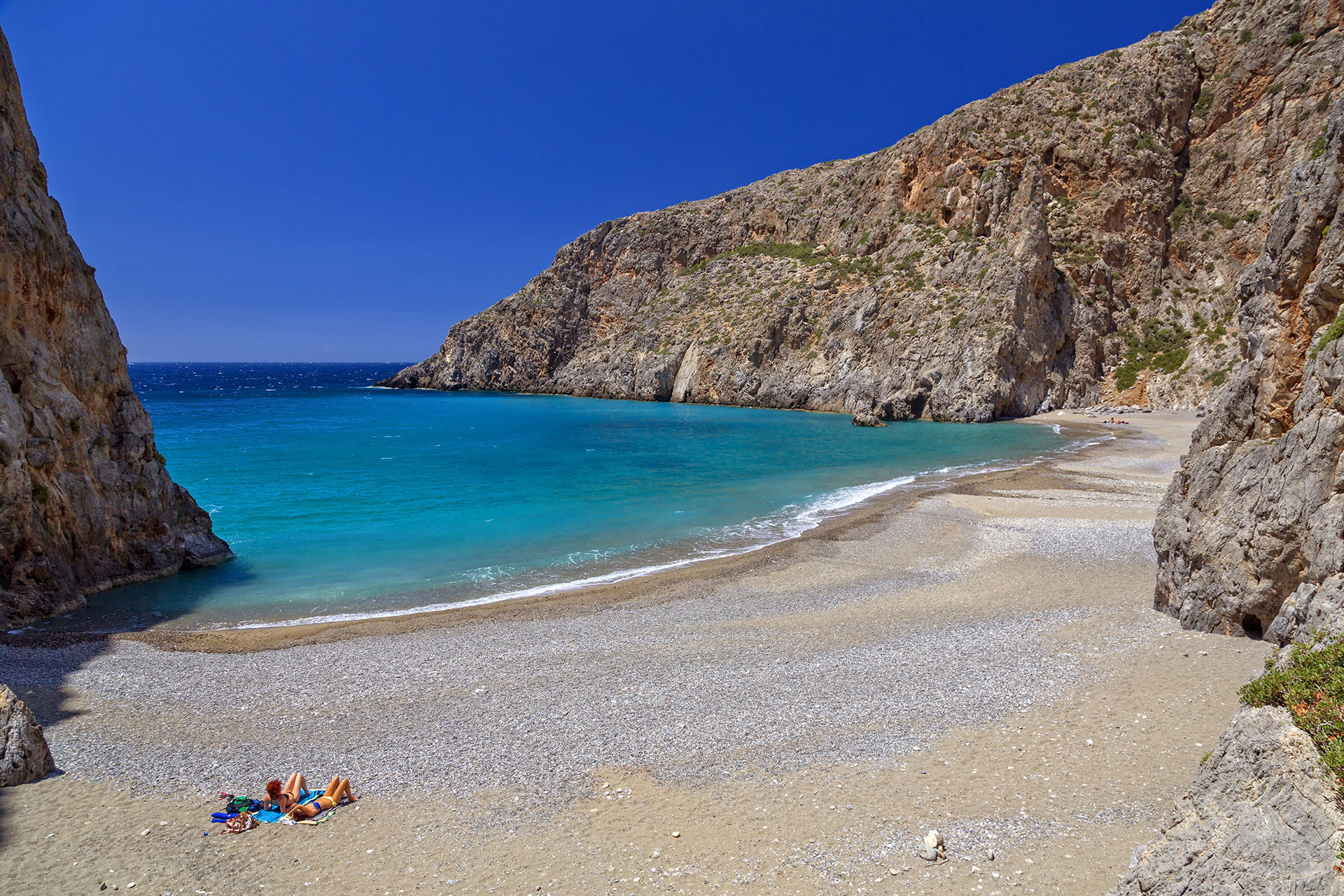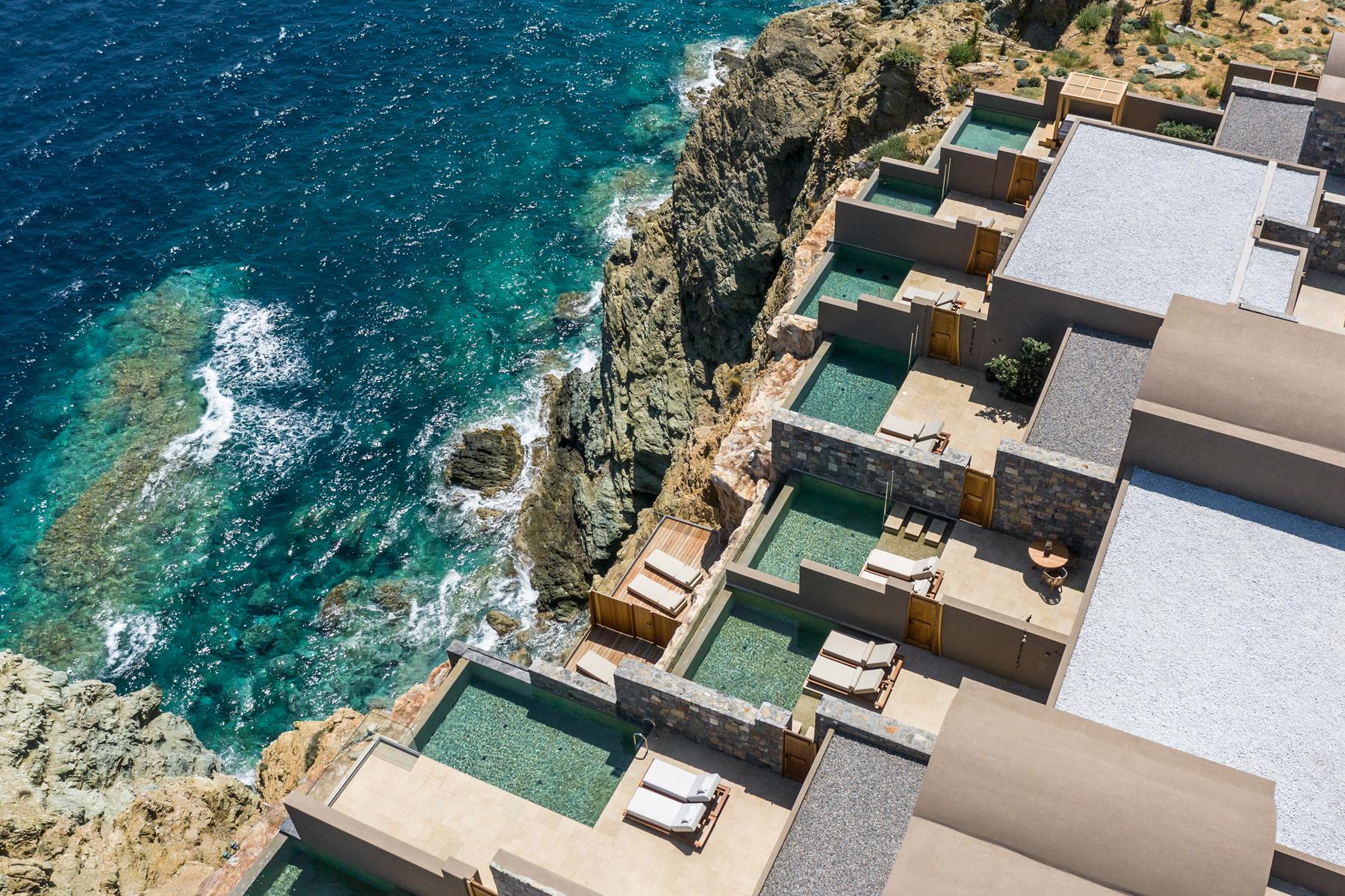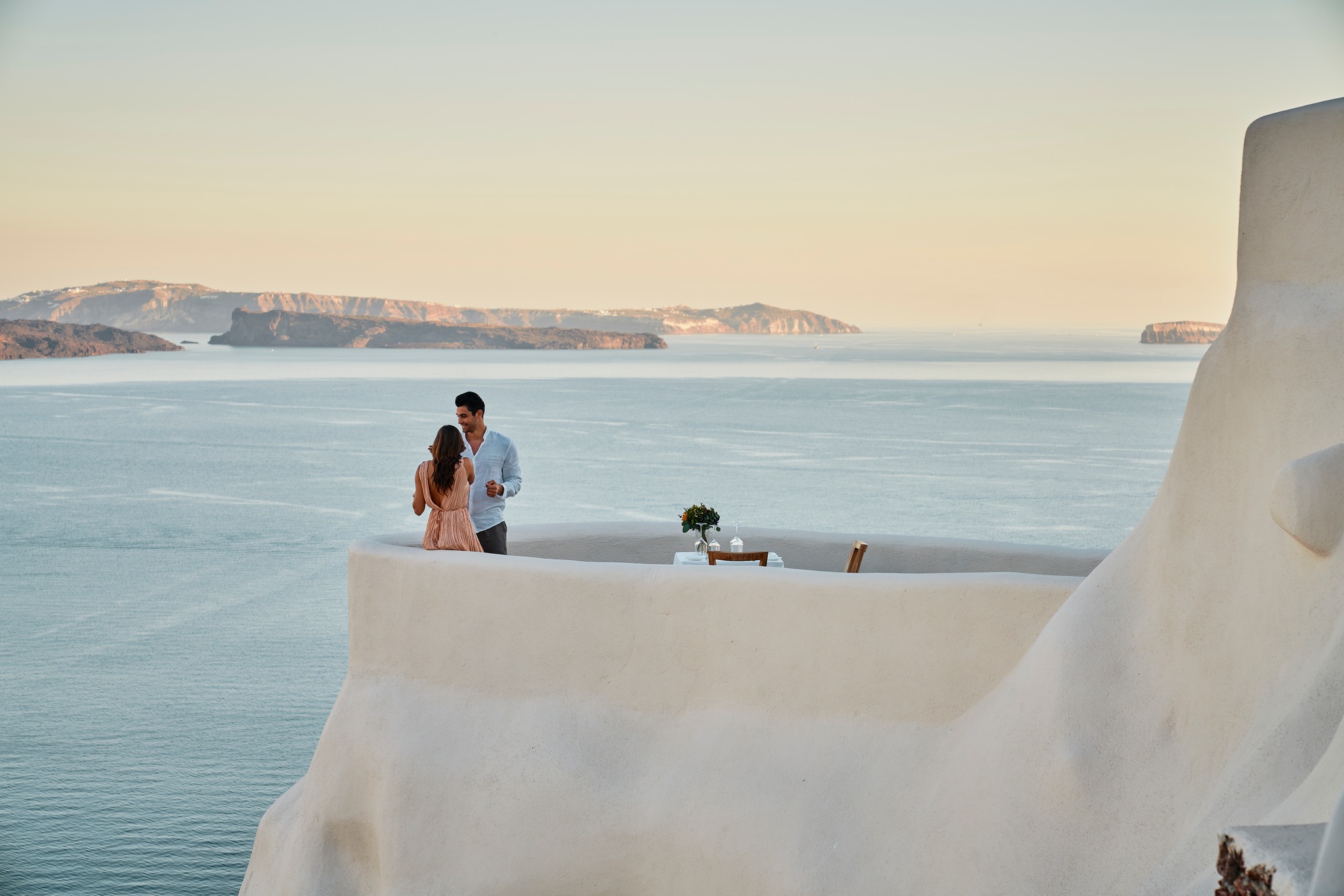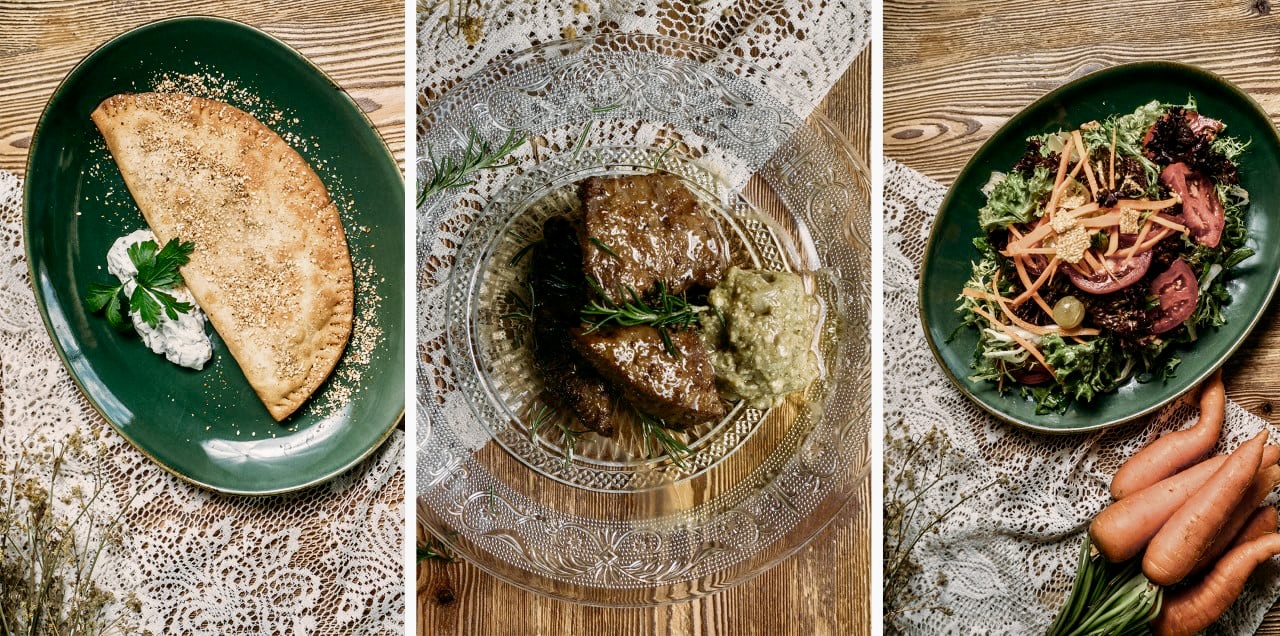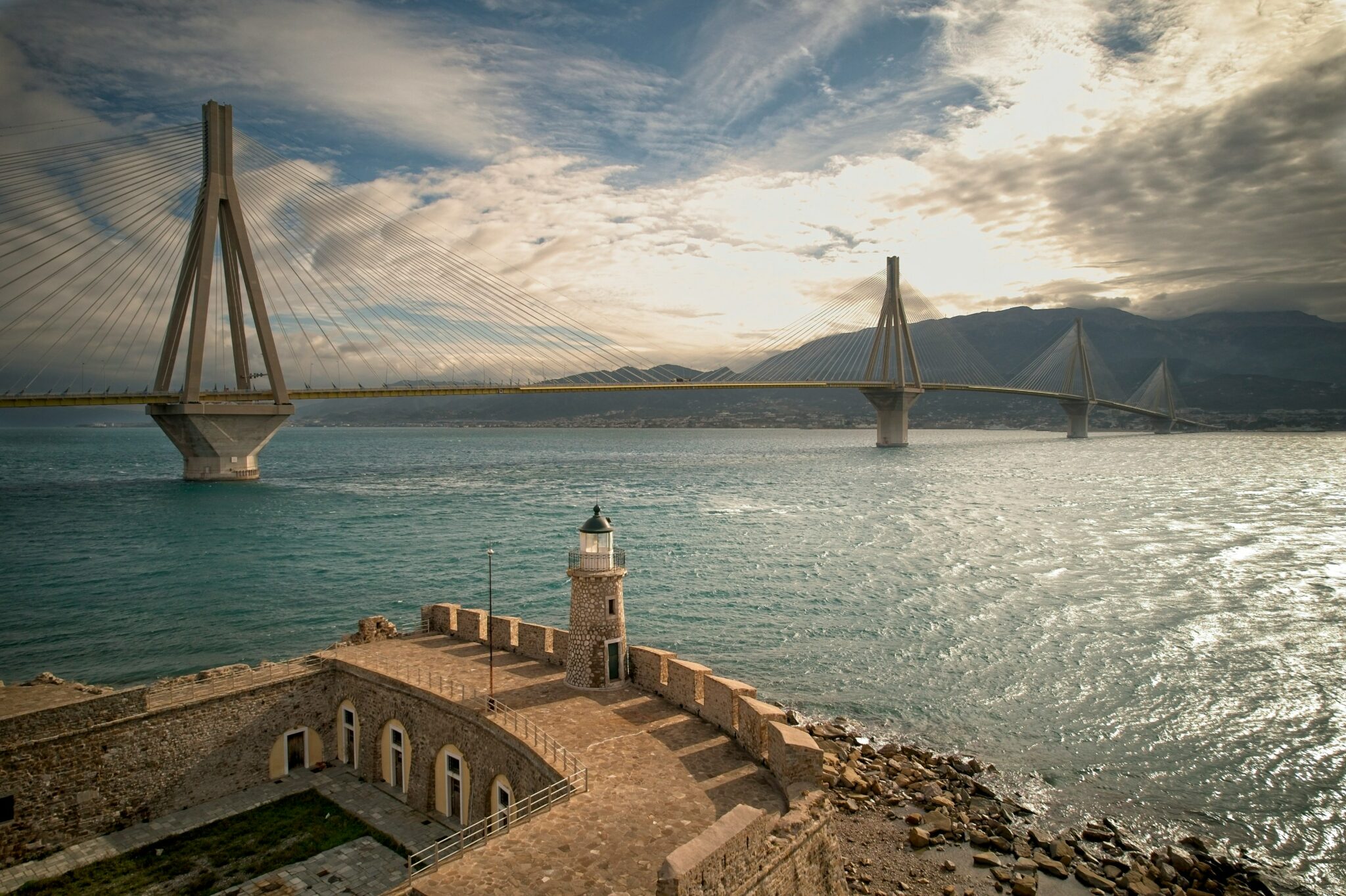Apart from being the administrative capital of Crete, Heraklion is also its largest port and has the largest airport on the island – although a new one is being built in Kastelli, with the aim of replacing it (after 2025).
These above, however, mean that most people treat it simply as the gateway to their journey to Crete, ignoring both the city itself and the surrounding area, which remains one of the most undervalued and misunderstood in Crete.
Its history goes way back, very deep roots, starting around 3000 BC, when the Minoan Civilization was dominant. The city was also glorious during the time of the Byzantine Empire, before being conquered by the Arabs, and then (gradually) passing into the hands of the Venetians and then the Ottomans. It was united with Greece along with the rest of Crete in 1913 and, during the German occupation of the island, it was severely affected
The city of Heraklion
One would be lying if they claimed that Heraklion is one of the most beautiful cities in Greece: after the destruction it suffered from the earthquake of 1856, a large part was hastily and disorderly rebuilt –as was the norm for a provincial city of the Ottoman Empire– without any concern for aesthetics. Admittedly, however, it is getting better and better. Especially in recent years, thanks to a series of major projects.
The pedestrianization of 25is Augoustou str (or Planis Street, as it is called, because it’s said to be the most beautiful street in Heraklion), in addition to the already paved, illuminated alleys, together with many building facades that have been renovated, have turned the wider centre area, around Lions Square and behind the Venetian walls, into a fascinating place.
It is more than worth walking here and in Eleftherias Square or strolling along the Dikaiosinis Avenue to feel the city’s pulse. You can browse in the shops, shop on 1866 street and then slip into the pedestrianised alleys of Korai and Milatos. Here, bars, restaurants, taverns with local cuisine, and a shop with dozens of rare hookahs –Nara Nara– reflect the essence of Heraklion and its nightlife (not just for younger crowds). In addition, Agios Dimitrios square is full of ouzeri, while for something more traditional you can visit the Historical Museum square.
What to see in Heraklion
The Loggia, the Lions Square fountains, the Fytakis Mansion, the Bodosakio and other neoclassical buildings around the city. And of course, the Archaeological Museum with thousands of findings –one of the best of its kind in the world. Also, the truly beautiful Venetian Castle and harbour (which are constantly being renovated) where various shops, cafés and taverns offer excellent views.
The streets after Doukos Mpofor (Duke Beaufort) street, in the direction of the main car park, are full of trendy bars, wine bars and restaurants, such as the Tennis Club, which is bustling with life all day. Make sure to include a stroll around Eleftherias Square with the Gate of St. George, on Daidalou street with its shops, in Meidani –a central passage in Heraklion, through where everyone passes–, the Bebo fountain and around Kornaros Square, whose name, of course, honours the great poet of Erotokritos and Aretousa, Vikentios Kornaros.
Heading towards the sea, you’ll be greeted by Koules, the Venetian fortress, at the entrance of the harbour, an everlasting symbol of the city.
Food and entertainment
Go to “Apiri”, one of the best restaurants in the country, for lunch and dinner, with tables outside on the pedestrian street. Modern Cretan cuisine modern with little twist.
“The Walls”, within the city’s Tennis club, is a place with refined aesthetics with the tables outside withing lush greenery. Here, you’ll taste flavours that masterfully combine various international ingredients with pure Cretan cuisine.
“Peskesi” is based on an innovative concept, serving Cretan flavours and organic ingredients with the exact distance from the place they were sourced written on the menu. A beautiful, impeccably renovated stone building, that is full every day.
Pay a visit to “Ergano” as it is the epitome of traditional Cretan cuisine. The roast lamb is a must. Also, on Evans street, the tourist and market area of Heraklion, you will find “Pentavga”, a tavern specializing in Cretan delicacies, which will keep coming to the table, accompanying the traditional raki.
The all-day bar-restaurant “Halavro”, with the lovely stone space and modern bar atmosphere opens in the morning and closes late at night. The cocktails are great, as is the full menu and their homemade iced tea.
Finally, “Swing Thing” is the perfect bar for a night out. Next to the city’s central park, it’s very atmospheric, with imaginative music, an up-to-date bar and awesome cocktails.
Heraklion’s periphery
The first place to visit outside Heraklion that comes to mind is the palaces of Knossos: a rare archaeological site of global importance. It is estimated that the area was first inhabited as early as 7000 BC, with the subsequent construction of the palace of the mythical King Minos leading to unprecedented development for the time.
Since then, the palaces of Knossos have been destroyed and rebuilt at least twice. The excavations carried out from time to time have brought to light wondrous findings, which refer to advanced building techniques, impressive sizes and the use of expensive and luxurious materials, that still remain impressive today. However, we will not dwell on such descriptions, as a visit here is best enjoyed with the help of a guide, so that you can learn all the interesting information about this unique monument.
After Knossos, the uphill road brings us to Skalani. A vineyard of great beauty and tranquillity, in a landscape that lacks nothing compared to those of Tuscany. One of the finest wineries, the Boutaris winery, is located here. So, a visit is a must. If you want to go wine tasting as well, it is advisable to make an appointment as soon as possible. The winery itself is very cute, while three small bungalows which can be rented have been built next to it, so that you can, if you wish, enjoy the ultimate relaxation while enjoying wonderful landscapes, excellent wine, and the hospitality of the estate’s people.
Going up the mountain a bit, we reached Peza: a famous village, where the tavern of Onisimos is located, serving great Cretan cuisine based on pure ingredients from the area. Without exaggeration, everything we had was a little tasty gem. After Peza, we arrived to Kastelli, one of the largest villages in the region, where, as we mentioned in the beginning, a new airport is underway.
From Kastelli, we then headed down to the coast, where you’ll see what Heraklion is all about: Gouves, Limenas Hersonissos, Stalis and Malia attract thousands of visitors every year, from all around the globe. These are, after all, areas that have been tourist destinations since the 1960s. Of course, at the time, tourism was erratic and disorganized, based mainly on cheap prices and makeshift accommodation, targeted mostly towards the young, with relatively low living standards following the international culture of the time. Hippies, rejection of the establishment, drugs and pacifist movements also played an important role in that holiday experience. In addition, the main target of the crowds visiting was the so-called “3S”: Sea, Sun & Sex. Sometimes things got out of hand and the incidents made headlines in both the Greek and the international press.
A lot has happened since then, of course. The coming of AIDS, for example, has considerably curtailed the wild parties. Things calmed down, conditions improved, and large hotels were built on many of these beaches. Most of them are all-inclusive, without changing the tourist landscape much. Now that we went back, we saw that some steps towards the general improvement have been made. The shops are neater, the quality of the products better, and several hotels have raised prices, trying to attract more high-class visitors.
One such case, which at the same time shows this new direction, is the new hotel arrival in Stalis – the most beautiful part of the wider region, where a second Minoan palace is located. It is the recently renovated “I Resort”, which invests in expensive, modern materials and shared spaces. It is impressively clean, while the breakfast, lunch and dinner buffets really leave you speechless with their quality (ingredients from the owner’s farm), abundance and well-cooked recipes. The organic, gourmet Bliss a la carte restaurant in the nicest part of the hotel is an added bonus. Finally, there are at least three swimming pools, as well as an atmospheric and luxurious spa for unique relaxing moments.
The above areas are busy, bustling with activity, since they are full of restaurants, pubs, bars, clubs, beach bars, creperies and anything else you can imagine. In recent years more and more families, both Greek and foreign, have been choosing these areas as their holiday destinations. Finally, a bit outside Malia, you will see one of the biggest water parks in Greece, which is always full of people. Next to it, there is a golf club, which brings together sports lovers in a beautiful, quiet, and idyllic landscape.
Heading towards the mountainous villages
A charming route, between mountains and gorges, with incredible views of the sea, of Hersonissos and the coast. And an equally incredible sunset. The first village we come across is Mohos, with its lovely square. A bit further down the road, Krasi, a village with lush vegetation and cool temperatures, clean, with neat traditional houses, well-kept cobbled alleys, and small taverns waiting to welcome visitors. Cold drinking waters from fountains around the village, and a coffee under the plane tree whose age is estimated around 1000 years.
The next village on the road, higher up, is Kera and is also cool and beautiful. As we go further up the mountain the landscape becomes wilder, the rocks become steeper and the gorges deeper, before we reach the top of this impressive mountain where you’ll see old windmills. Passing the col to the other side of the slope will bring you to the famous Oropedio Lasithiou (Lasithi Plateau), a location with unique Mediterranean-Cretan beauty.
Half-sunken building in the artificial lake at the edge of Empasa gorge. / Photo: Nikos Maounis
From the top of the mountain the view is breath-taking. The gorge lying ahead is the Ambelos gorge, easily accessible, even by car. But in its middle, you’ll find the Rosa gorge, that is quite difficult, and at some spots requires rappelling which is only possible with the use of special equipment.
There’s also the Empasa gorge, with its waterfalls, a route which does require some level of skill. Start at the Gonies village, following the signs. Just before the gorge you’ll see the artificial lake at its edge, adding a touch of blue to the landscape’s beauty. Even though the lake is fenced in, a natural habitat has evolved around it.
Towards the quiet beaches
Reaching the coast once again, trying to avoid the busy beaches of Hersonissos, we opt for quieter destinations. Across from Heraklion, you’ll find Dia island, where you get by boat. Next to Hersonissos, towards Heraklion, there’s a series of small bays that include quiet beaches, like for example the gorgeous sand beach at the base of Sarantaris, with a cave and amazing emerald waters.
If you’re in the mood of longer drives, there are some amazing beaches south of Heraklion, like the legendary Matala, that is worth visiting at least once, for its long history. It’s also worth visiting the beach of Agiofarago, despite its access not being very easy. It’s stunning with fine pebbles and bright blue waters.
Apart from being the administrative capital of Crete, Heraklion is also its largest port and has the largest airport on the island – although a new one is being built in Kastelli, with the aim of replacing it (after 2025).
These above, however, mean that most people treat it simply as the gateway to their journey to Crete, ignoring both the city itself and the surrounding area, which remains one of the most undervalued and misunderstood in Crete.
Its history goes way back, very deep roots, starting around 3000 BC, when the Minoan Civilization was dominant. The city was also glorious during the time of the Byzantine Empire, before being conquered by the Arabs, and then (gradually) passing into the hands of the Venetians and then the Ottomans. It was united with Greece along with the rest of Crete in 1913 and, during the German occupation of the island, it was severely affected



